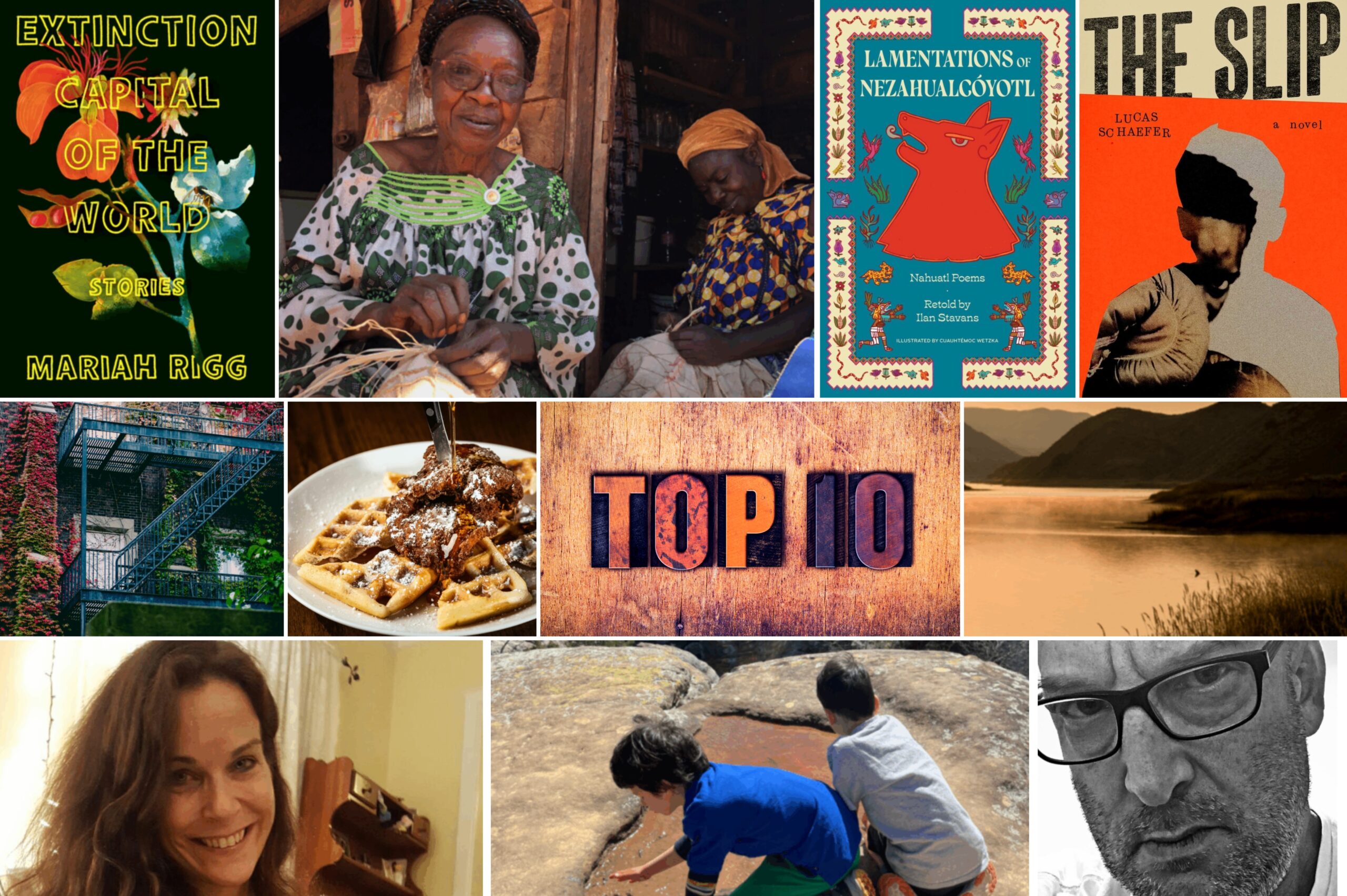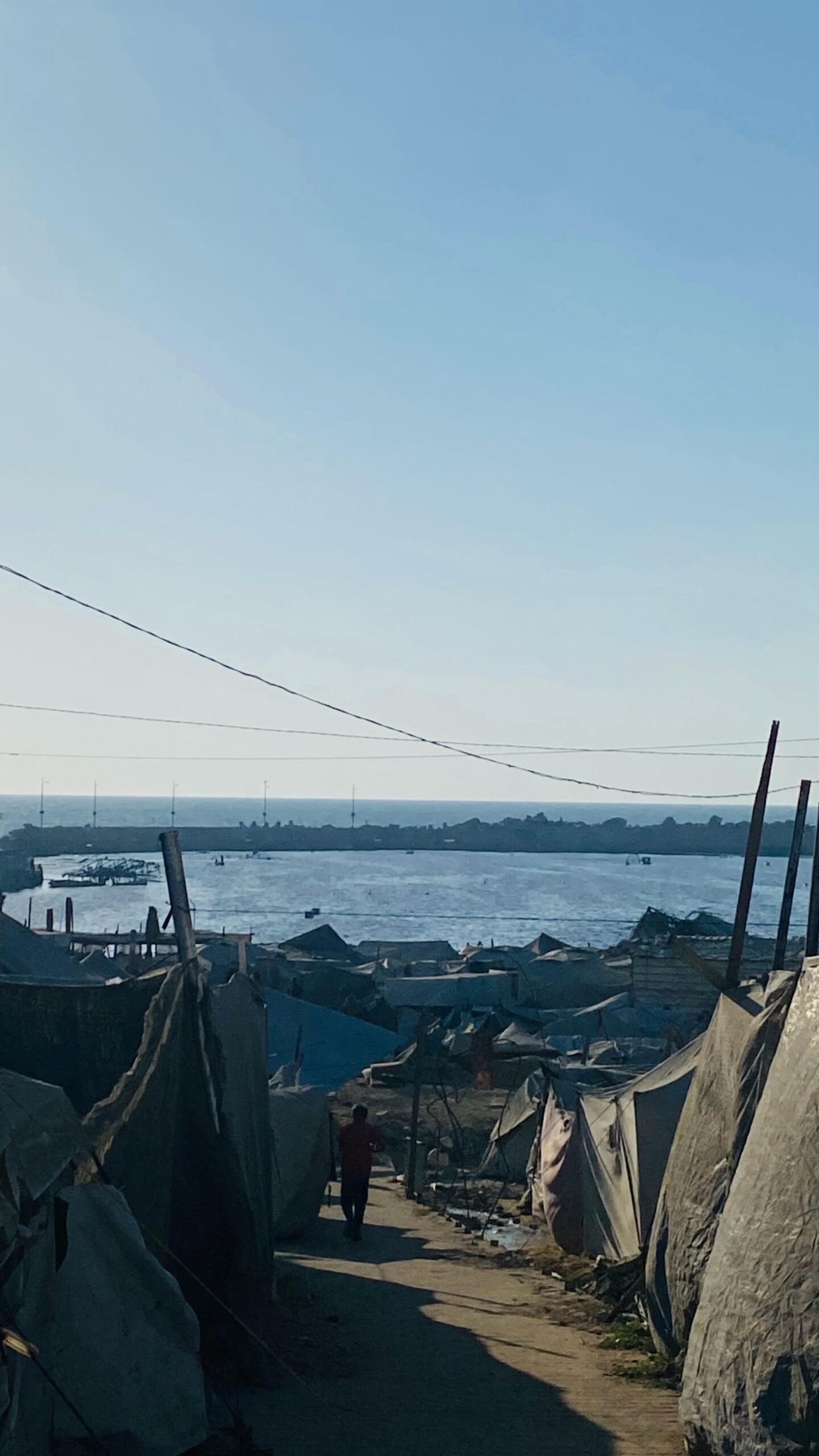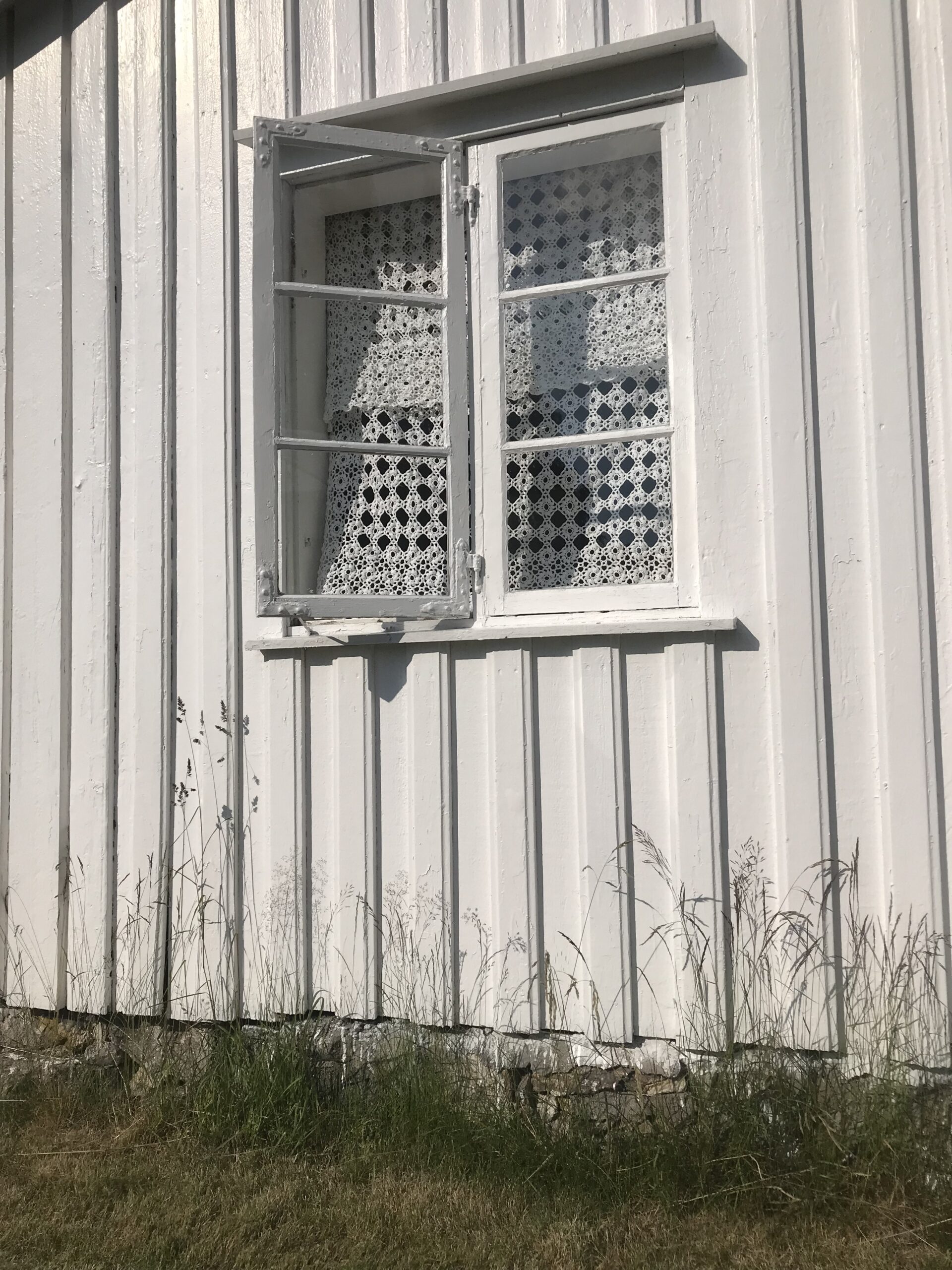
I woke up early to finish some reading, but have been in bed for hours scrolling through Facebook, with little fingers and tired eyes fixed to the screen, and now it’s 1 pm. Though the streets of Barcelona are sunny most days, only secondhand light teases in from the center courtyard of the apartment building, and sometimes in here I forget what sun is. It’s the only bedroom that faces inward, the one my host mother lived in as a girl. This was her childhood home.
In the dining room, a bikini, a Catalan grilled cheese with ham, waits to be heated in the microwave, and a cup and saucer tell me to plug in the espresso maker. Every day’s desayuno is the same, one of few routines in my life, gifted to me by Silvia, our matriarch. She and Toni are at work when I wake up. Dani is at school, and Patricia is at violin lessons. Beatriz, the housekeeper, should be here in the next couple of hours. Sometimes I take breakfast to go, but most days I sit dutifully, even if I’m not hungry, and eat.
Showered and perfumed, I’m out of my room, out of my head, and into the city. The dry cleaner has swapped out the blazers in the window display for white satin wedding gowns. Do brides even need their wedding gowns cleaned? Santa Gloria is offering a croissant, orange juice, and café con leche for six euros. I think again how nice it would be to take my breakfast in a cafe, but I like saving money, and I do like my routine.
The L7 stop sits directly across from Mercat de Sant Gervasi, a market built in 1913, demolished, and then rebuilt in 1968. The original market predates the L7 line. I ask Bea one day if she’s ever been, but she just assures me it’s expensive and instructs me to instead shop at Mercadona around the corner.
People are wealthy in the neighborhood of Sarrià-Sant Gervasi, but they also shop at Mercadona, Spain’s supermarket-only equivalent of Walmart. Unlike the American megastore, Mercadona puts a smile on my face, offering fresh squeezed orange juice at 1.80 for a personal bottle. Half of Catalans might not consider themselves part of Spain, but they share the Spanish love of fresh fruits and juice. A juicer sits on the counter of almost every cafe, next to the espresso machine and a shelf of glass liquor bottles. The Castilian Spanish word for juice, zumo, is even distinct from the more common jugo in Latin America. The “z” gives the word life, and in Castilian Spanish is pronounced “thumo,” something I, having learned Spanish in the States, never quite picked up.

Scaffolding and temporary doors cover the L7 station, so riders can exit only from one side of the street. You always know the train’s come when a mass crosses Carrer de Balmes together only to split off onto tiny Roman-era streets, each pedestrian mechanically following their own route towards home.
With my pack on my back and Don Quixote cradled in one arm, I insert my thin paper Metro pass, and mechanical doors open to beckon me underground. My side of the platform, the side shuttling passengers between Tibidado and Plaça Catalunya, is lit. It’s 2:04 pm, almost time for sociolinguistics class, but what is everyone else doing here? Why is every teenager in Barcelona on the train at this time? And the few business people? No matter, we squish into the train car, leaving just enough space to avoid breathing each other’s air. Surrounded by locals, I wonder if I blend in.
While living abroad, I’ve found it hard to quiet my mind. A constant chatter runs through my head like the ticker at the bottom of a television program. My mind fixates on clothes and colors and footwear especially. Fashion trends originate in urban areas, and I like to study the outfits of my fellow city dwellers. The teens are wearing Adidas Stan Smiths, black and maroon platform chelsea boots, and peachy Puma creepers. The usual, but I still check.
I glance down at my own shoes. A pair of chunky, open-toed heels I bought in the States at the promise of urban living. Northeastern college campus life lends itself to snow boots, sneakers, loafers, leather boots of various heights, but rarely heels, save for formal events.
The chunky black heels make a beautiful clacking sound on the Barcelona street tiles. Sometimes I clop from place to place, hitting my heel like a seasoned tap dancer, with the anticipation of that perfect click. Other times, I drag my feet along the grooves of each street tile, aware that I’m ruining my shoes, but all too pleased with the sound they produce.
Cities have always made my mind race. Buildings, people, and the simplest of sensations always provide something new to take in. Kebab smell-clouds, the drrrrrr of an oncoming skateboard, pieces of American English. They’re enough to send my busy mind into overdrive. In Barcelona, a city far from my own, it feels foolish to assume anything is too familiar.
With the unfamiliar comes a new understanding of myself in a different context. Eight months abroad, first in Paris and now in Barcelona, can change a person, but some states of mind persist. Even when surrounded by a family, active and living their lives, it’s sometimes hard to feel present. Most days are fine, but there are times when the family must know I’m in a fog. Some days are heavy, like in the States, and it’s hard to leave my room and bed and venture out, even into a city that, for a visitor like me, is so close to paradise.

I scour the train for persons of interest, ones reading books instead of phones, ones with dogs at their feet, and ones who are brown like me. But with the train at full capacity, I can’t crane my neck to observe. I’m glad to reach Provença, the stop that relieves the train of half its passengers and gives me a seat.
I slip my backpack from my shoulders and place it on my lap, with the man of la Mancha towering on top. I imagine the fictional knight errant and his squire roaming Barcelona in the second part of the novel. The palazzo where Don Quixote and Sancho stay was inspired by Carrer Montcada, the wealthiest street in the medieval city, only eight minutes from Cervantes’ apartment. The street is now home to the Picasso Museum.
As we enter the tunnel from Provença to Plaça Catalunya, some folks collect their things right away, but I know to sit tight because the tunnel is long. Despite the small pride I take in knowing, this too being part of my routine, I can’t be still. In the half empty train car, face to face with the person across the aisle, I fidget. I tap my fingers on the hardcovered Don Quixote, and I look up and down and around, robotically unbending my elbow and unzipping the outer pouch of my bag. I guess I’ll apply some lip balm.
When the train finally arrives at Plaça Catalunya, a fresh ticker replaces the last. Lift yourself up, pull down your skirt, stay to the right. The plaça is packed with pigeons and people alike, and I instinctively exit on a side street.
As the L7 loads on new passengers, the sun of Carrer de Pelai kisses my face, un beso on each cheek, and the university appears in the distance.
Flavia Martinez is an Editorial Assistant at The Common. She studies French and Spanish at Amherst College.
All photos by the author.




